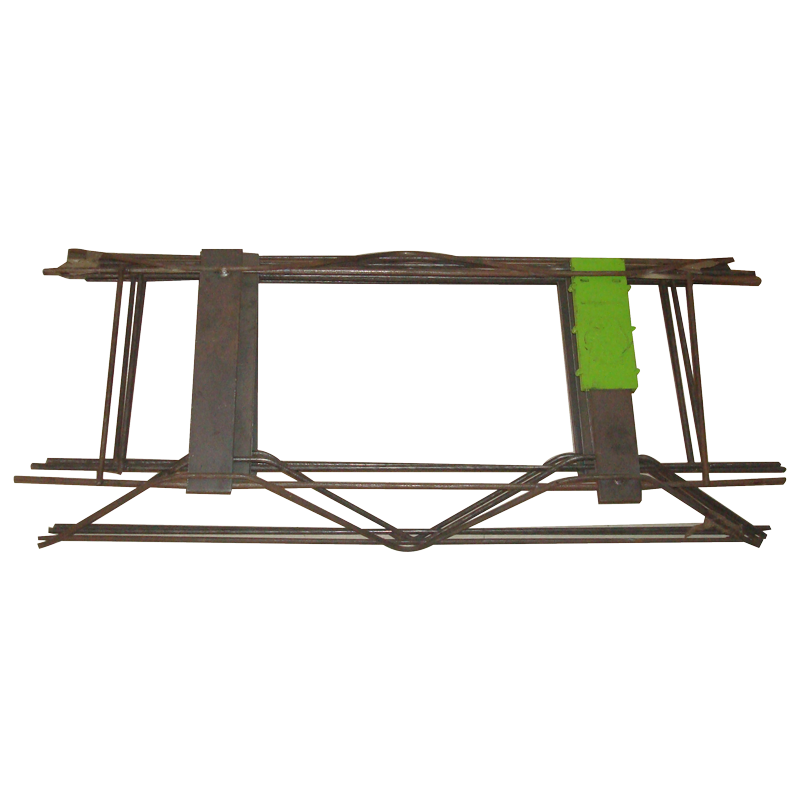
- Mobile Phone
- +8613931874955
- sales@cntcmetal.com
cavity wall brick ties
Understanding Cavity Wall Brick Ties Importance, Types, and Installation
Cavity wall construction has gained popularity in the building industry due to its enhanced insulation properties and resistance to moisture ingress. A critical element that ensures the structural integrity of cavity walls is the brick tie. This article delves into the importance of cavity wall brick ties, the various types available, and guidelines for their proper installation.
What Are Cavity Wall Brick Ties?
Cavity wall brick ties are metal connectors that secure the outer brick layer to the inner masonry wall within a cavity wall structure. The cavity, typically ranging from 50mm to 150mm wide, serves as a buffer zone that helps prevent moisture from reaching the inner wall, thereby improving durability and insulation. The brick ties play a vital role in maintaining the structural integrity of the wall by providing stability and preventing lateral movement between the two layers.
The Importance of Brick Ties
1. Structural Stability Brick ties ensure that the outer brick wall remains securely attached to the inner wall. This is especially important in regions prone to high winds or seismic activity. The ties hold the walls together, preventing them from swaying or collapsing.
2. Moisture Management While cavity walls are designed to manage moisture, proper installation of brick ties prevents water from being trapped in the cavity. This enhances the wall’s ability to repel water and keeps the inner masonry dry.
3. Thermal Efficiency Cavity walls are known for their thermal insulation properties. Brick ties, made from materials like stainless steel or galvanized steel, have low thermal conductivity, aiding in the overall thermal efficiency of the building.
4. Longevity The right brick ties can contribute to the longevity of a structure. They are resistant to rust and corrosion, which ensures that the integrity of the wall is maintained over time.
Types of Cavity Wall Brick Ties
There are several types of brick ties, each designed for specific applications and conditions
1. Vertical Ties These are installed vertically to connect the outer brick layer with the inner wall. They are ideal for brick veneer walls and help maintain the vertical alignment of the structure.
cavity wall brick ties

2. Cross Ties These ties run diagonally and provide additional support to withstand lateral forces. They can be crucial in areas that experience high winds.
3. Wall Anchors Wall anchors are another type of tie used to secure the cavity wall to the foundation or adjoining structures. They provide additional stability and are particularly useful in older buildings undergoing renovations.
4. Vented Ties These ties incorporate ventilation to allow any moisture that may accumulate in the cavity to escape. This feature helps in preventing dampness in the inner masonry.
Installation Guidelines
Proper installation of cavity wall brick ties is essential for their effectiveness. Here are some key guidelines
1. Spacing Brick ties should be spaced according to local building codes, usually every 600mm vertically and 400mm horizontally. This ensures even load distribution and stability.
2. Embedment The ties must be properly embedded into the inner wall, typically requiring a minimum of 50mm embedment to ensure a solid connection.
3. Orientation Ensure that ties are installed with the correct orientation, typically horizontal for most applications while allowing for vertical adjustments based on the wall’s design.
4. Material Quality Use ties made of corrosion-resistant materials to enhance durability. Galvanized steel or stainless steel ties are preferred options for long-lasting performance.
5. Inspection After installation, it is crucial to conduct inspections to ensure that ties are properly secured and that there are no gaps or failures that could compromise the wall's integrity.
Conclusion
Cavity wall brick ties are essential components for ensuring the safety, stability, and longevity of a cavity wall structure. Understanding the types of ties, their importance, and proper installation techniques helps builders and homeowners alike maintain structurally sound and efficient buildings. Investing in quality materials and adhering to installation guidelines can significantly enhance the performance of cavity wall systems, ultimately providing a strong and durable environment for years to come.
share:
-
Why Sacrificial Formwork Is Redefining Underground ConstructionNewsJun.06,2025
-
The Structural Dynamics of Modern Concrete: How Snake Spacers Revolutionize Flexible ReinforcementNewsJun.06,2025
-
Snake Spacers Smart-Lock Concrete Reinforcement with Surgical PrecisionNewsJun.06,2025
-
Snake Spacers: Reinforcement Precision for Modern Concrete ProjectsNewsJun.06,2025
-
Snake Spacers Powering Concrete's Structural DNANewsJun.06,2025
-
Slither into Success: Snake Spacers' Precision Bite for Unbreakable ReinforcementNewsJun.06,2025
-
Sacrificial Formwork: Building Stronger, Faster, and Safer StructuresNewsJun.06,2025



















